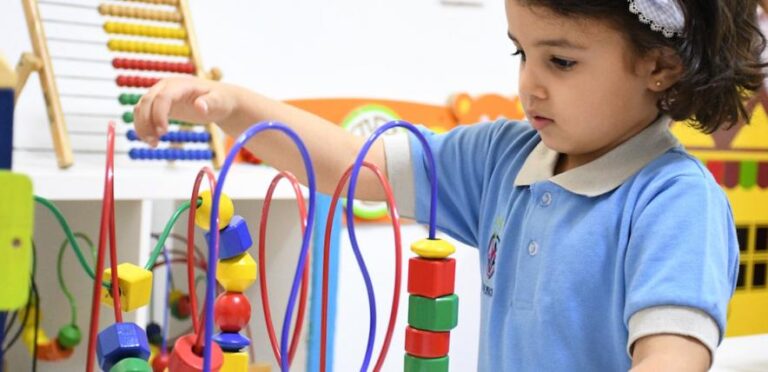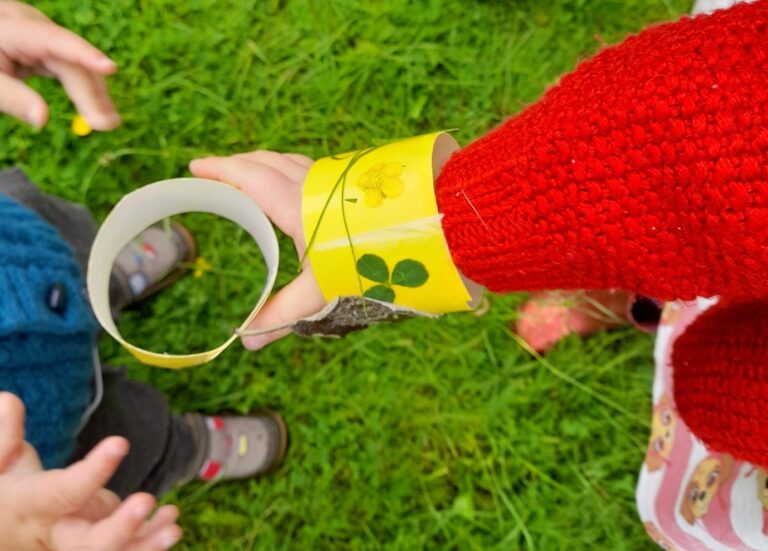Young children develop their language and communication skills in different ways and at different times. It is common for young children to have some natural difficulty with speech and this can sometimes be mistaken for stammering. Try not to worry, just seek advice if you feel your child may need extra support.
Fact finder
Stammering – also known as stuttering – generally affects more boys than girls, and it usually emerges between the ages of two and five years when your child’s language skills are developing. Girls are more likely to recover as they get older.
The important thing is to talk to a speech therapist as soon as you think your child’s speech might be affected, says Cherry Hughes, the Education Officer with the British Stammering Association.
“Stammering can come and go and this may be confusing for parents who are trying to listen carefully to their child’s speaking,” she says. “It can change even within the same conversation and can fluctuate from mild to severe depending on the situation.”
“Sometimes, health visitors will advise you to wait longer until your child’s speech is better developed, but we now know that the earlier your child is seen by a therapist the better the chances are that any problems can be quickly resolved. “So you should speak to someone if you’re worried. Sometimes a stammer can disappear over time but it’s best to get an assessment. Early intervention provides the best chance of recovery.”
Parents can access services directly without contacting a health visitor first and the BSA can provide information about what help and support is available locally.
What signs should I look for?
How a child stammers will vary but there are some common features to look out for:
- Repeating whole words: ‘when, when, when, are we going?’
- Repetition of single sounds or parts of words: ‘g-g-go away!’ or ‘da-da-da-daddy
- Stretching sounds in a word: ‘I like that s-s-story.’
- Blocking of sounds. A child may look like they’re about to speak but no sound emerges for several seconds: ‘—-I got a book.’
- Stopping speaking half way through a sentence.
- Signs of tension in the face, mainly around the eyes, lips or neck
- Using a body movement, such as foot stamping, to try to ‘push’ out the words
- Changes in breathing while speaking, for example, the child holds their breath
Stammering is linked to the parts of the brain affecting speech and can also run in families. Scientists believe that children who stammer are no more anxious that others. However, they may become anxious because of their stammer and there is some evidence to suggest they may be more sensitive than other children.
Trigger point
Stammering is often triggered by certain emotions, for example, excitement at going to a party or when the child is feeling tired or poorly. Certain situations might also cause them to stammer, such as being expected to talk a stranger or group of people; expecting them to join a conversation when everyone else is talking quickly, or when the room they are in is noisy, or unfamiliar. This is often short-lived so not something a parent should necessarily worry about – especially if it happens occasionally.
Sometimes, trying to explain an upsetting problem or event might also prove difficult. In very young children, stammering can occur when they are learning new words, or if they don’t yet know the words to say what they want to.
“It is normal for us parents to worry but learning to talk is a complex process and at least one in twenty pre-school children – 5% – will have some problems with their fluency at some time when their speech is developing.
“Some researchers believe that stammering can affect as many as one in 8 young children (12%) so it may be more common than you might think.”
How can I help?
If your child stammers there are some simple tips you can use to help them:
- Don’t rush your child into finishing quickly what they’re trying to say
- Don’t interrupt or finish their words or sentences for them
- Try not to comment on their speech unless your child is getting distressed by their stammering. Be gentle and supportive
- Listen well and patiently to give them confidence
- Don’t be impatient and show that you’re listening to what they’re saying
- Slow down your own speech with natural pauses, to show there is no need to rush
- Build your child’s and self-esteem by praising what he or she does well. This will give them the confidence to manage their stammer when speaking
The most important things to remember are that it is natural for children’s speech to fluctuate and change as they develop and grow, so you should try not to worry to much. If you do become concerned don’t be afraid to seek out expert advice.
Further Information
https://speechandlanguage.org.uk/media/3294/stammering-factsheet.pdf
Written for the Early Years Alliance by Dorothy Lepkowska.











